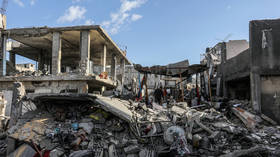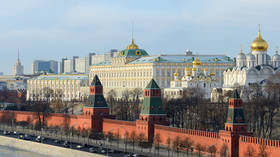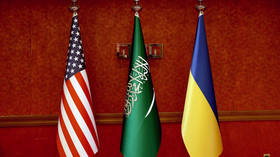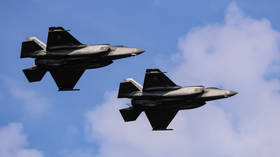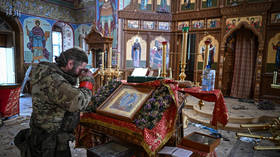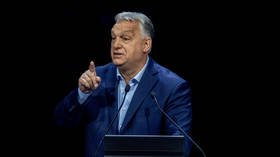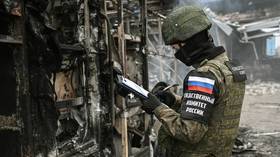Gearing up for space flight in Gagarin’s honor
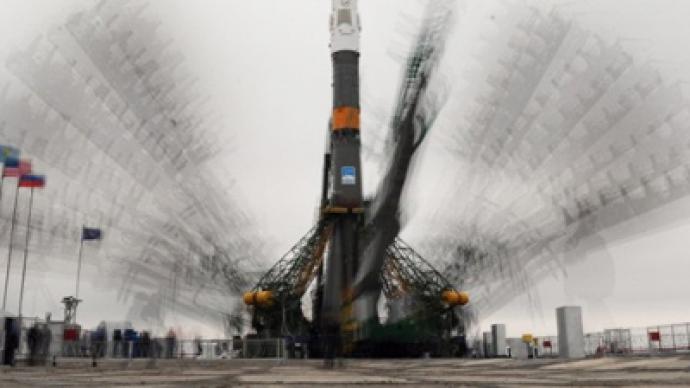
The Soyuz spacecraft has been assembled and is now in position on the launchpad in Kazakhstan, ready for take-off on April 5. The flight will mark the 50th anniversary, this month, of Soviet cosmonaut Yury Gagarin becoming the first man in space.
The Russian-manned spacecraft has been raised to a vertical position, ready to blast off, RT’s Tesa Arcilla reports from the site in Baikonur.According to tradition, the rocket has been blessed by a Russian Orthodox priest. According to another long-lasting tradition, the crew members had a hair cut. The Soyuz spacecraft will deliver three crew members to the International Space Station. The state commission announced on Sunday that is has approved the crew – Russian cosmonauts Aleksander Samokutyayev, Andrey Borisenko and NASA astronaut Ronald Garan. Their backup team is Anton Shkaplerov, Anatoly Ivanishin and Daniel Burbank.Journalists and tourists from all over the world braved nasty weather and watched the train and trucks delivering the rocket to the launchpad a day ago. Ann Marie traveled from Moscow to witness the occasion, “The most interesting thing is that it is in the middle of nowhere – it’s like a desert, a small town atmosphere and such a big event” she said.The Soyuz TMA-21 spacecraft consists of three main modules, and according to staff, it takes about ten days to put the craft together.The first module, and the top part of the spacecraft, is the cabin for the crew. It also includes an escape system that is necessary in case something goes wrong during the flight.The module also features a portrait of Yury Gagarin and a number 50, marking the symbolic significance of the flight. Yury Gagarin became the first man in space on April 12, 1961, which is now celebrated as the Day of Astronautics in Russia.The crew of this next mission to the International Space Station is made up of captain Aleksandr Samokutyaev – known as Little Gagarin when he was young, cosmonaut Andrey Borisenko, and an American astronaut Ron Garan.The cosmonauts will be testing the ability of the human body to survive for a longer period of time in space and looking for ways to prolong this capability.Another important experiment the cosmonauts will be doing is observing the Earth from an ecological point of view, taking into account all the natural disasters it has suffered recently.Many astronauts are at Kazakhstan’s Baikonur Cosmodrome to be part of the commemorative events, as the 50th anniversary of Yury Gagarin’s first flight coincides with the 30th anniversary of NASA’s first space shuttle flight.RT spoke to Nicole Stott, one of the NASA astronauts who returned from the International Space Station just three weeks ago. She said it very interesting to see how different rockets work and shared her impressions from her stay at the ISS.“The space station is such a wonderful, huge volume in space, the largest volume, we’ve ever had in space history,” said Stott.“It’s a very emotional thing. You see your own planet from space, you’re experiencing floating around in micro-gravity and doing some good work up there, and working with international partners too,” she added.




